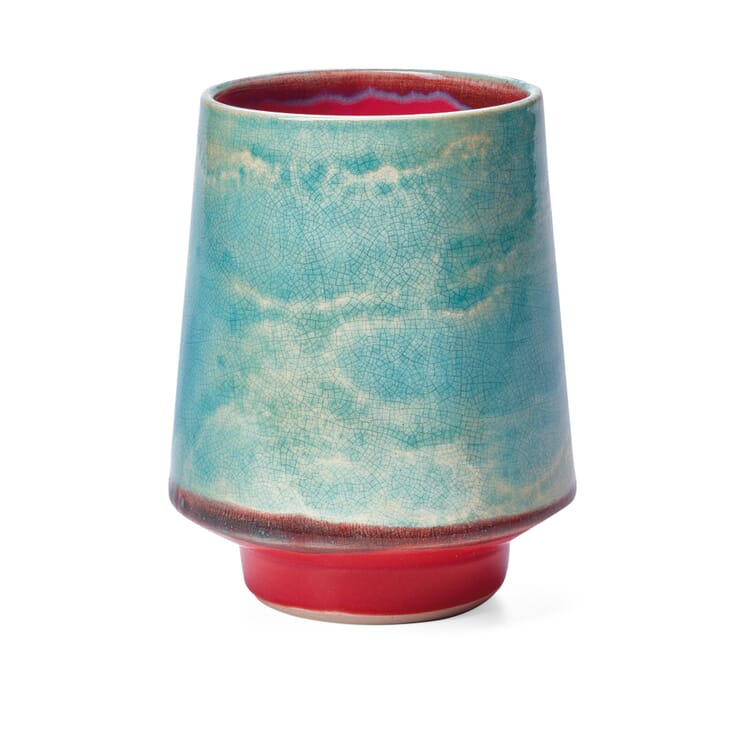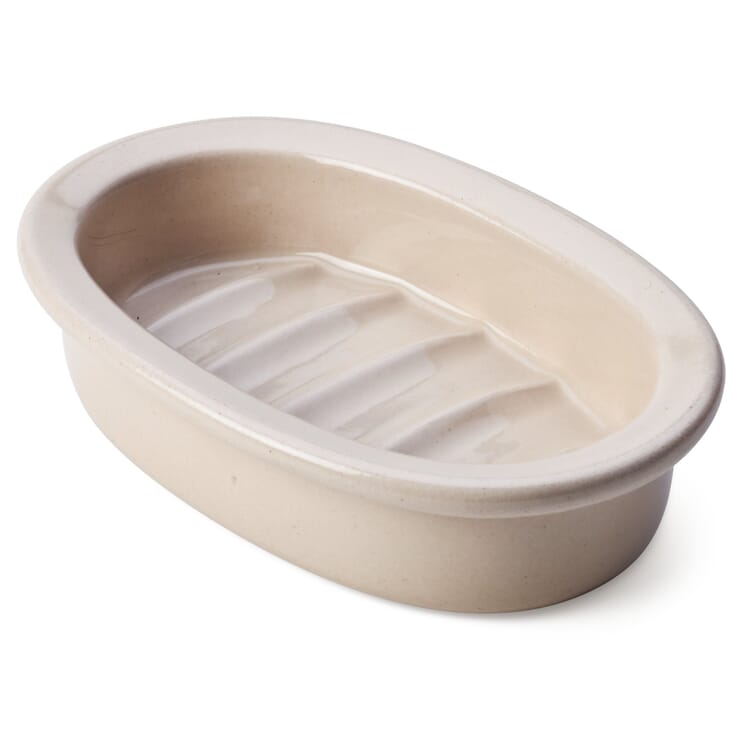Gutes aus Klöstern
Floral art
The work as a designer for floral art contains for me a very important point, which also characterizes my monastic life, the "Discretio", the right measure in everything. To be able to design, to create art from nature, one must know, accept and respect the peculiarities of each material. In my case it is the plant in all its parts: Flowers, stems, leaves, roots, tubers. The plant is our partner and dictates the design. The plant is thus not put into a form, but all the artifices of the flower designer aim to show and emphasize the peculiarity and the special in form, color and movement of the plant. That is why I see my work as a "flirt" with nature, a highlighting, a showing of creation and a drawing attention to what has grown, which may be inconspicuous to us or which we no longer notice because it has been with us for years. The techniques of Eastern tying art have always fascinated me in my work, especially in their simplicity and environmental compatibility, although here "simple" should not be confused with "terse".
Rikka. Reduced to the absolutely necessary
The rikka, the technique used to create the bouquet in the bogler vase, is a way of filling vessels that has become a very dear technique to me. Originally it was used only by believers of Buddhism and Shintoism to decorate their home altars and show the extremes in the beauty of nature. Here, everything that could distract the eye, everything that could "mislead" is taken away, and it is reduced to the absolutely necessary. Through this abstraction, movement, individual contrasts, color and form come into their own and become one with the clay vessel. The pottery is made of grown soil and through the effort of man, as it is said in the liturgy, it is formed into something new, and in its originality it becomes the base on which plants grow. For me, this is also always a special challenge and a beautiful symbol of wholeness. We can also transfer it to our culture, work with our vessels made of local clay and use those plants that grow in our meadows and gardens.
The rikka, the technique used to create the bouquet in the bogler vase, is a way of filling vessels that has become a very dear technique to me. Originally it was used only by believers of Buddhism and Shintoism to decorate their home altars and show the extremes in the beauty of nature. Here, everything that could distract the eye, everything that could "mislead" is taken away, and it is reduced to the absolutely necessary. Through this abstraction, movement, individual contrasts, color and form come into their own and become one with the clay vessel. The pottery is made of grown soil and is formed into something new through the effort of man, as it says in the liturgy, and in its originality it becomes the base on which plants grow. For me, this is also always a special challenge and a beautiful symbol of wholeness. We can also transfer it to our culture, work with our vessels made of local clay and use those plants that grow in our meadows and gardens, so we can find a deeper access to our living space through the art of flowers. For me as a monk, it is also important that my works come from working with God's creation. This work has become more and more a privilege for me, because I am allowed to show "His" work in my work. Psalm 22 says, "For He has done the work." Through this attitude, everything else recedes into the background, and what is important is only the show, crucially only to draw attention to the flower. The vessel, also an artistic work, recedes into the background in service, taking up what the plant wants to show. Thus, the work does not have to deliver any performance or any desired state, it can simply be and leaves me as a viewer the opportunity to discover for myself what it can say to me personally, or it is simply jewelry. To be purposeless, but not meaningless, this is also a crucial part of our attitude to life in the Benedictine community. For this reason, I design with materials of nature, placing them in a sacred context. Through our daily services in the church and the course of the church year, I always have other occasions for design, other times and moods that I can comment on in my own way. My sacred floral art serves the transmission of the Gospel, the praise of God and the well-being of mankind. Br. Stephan Oppermann OSB, state-certified designer for floral art in the abbey of Maria Laach







